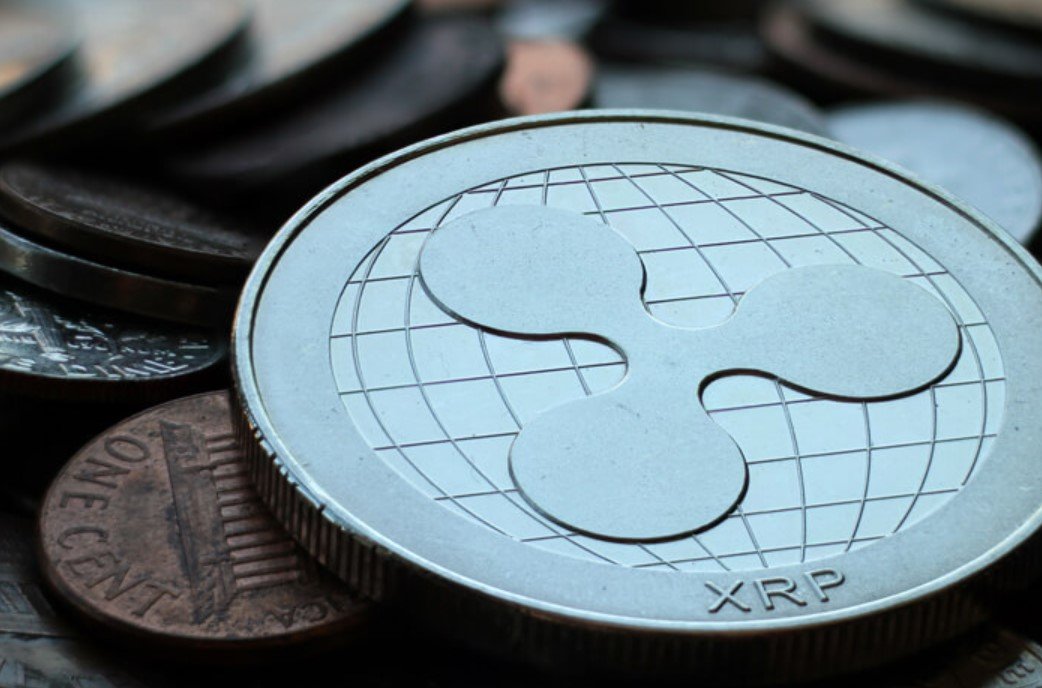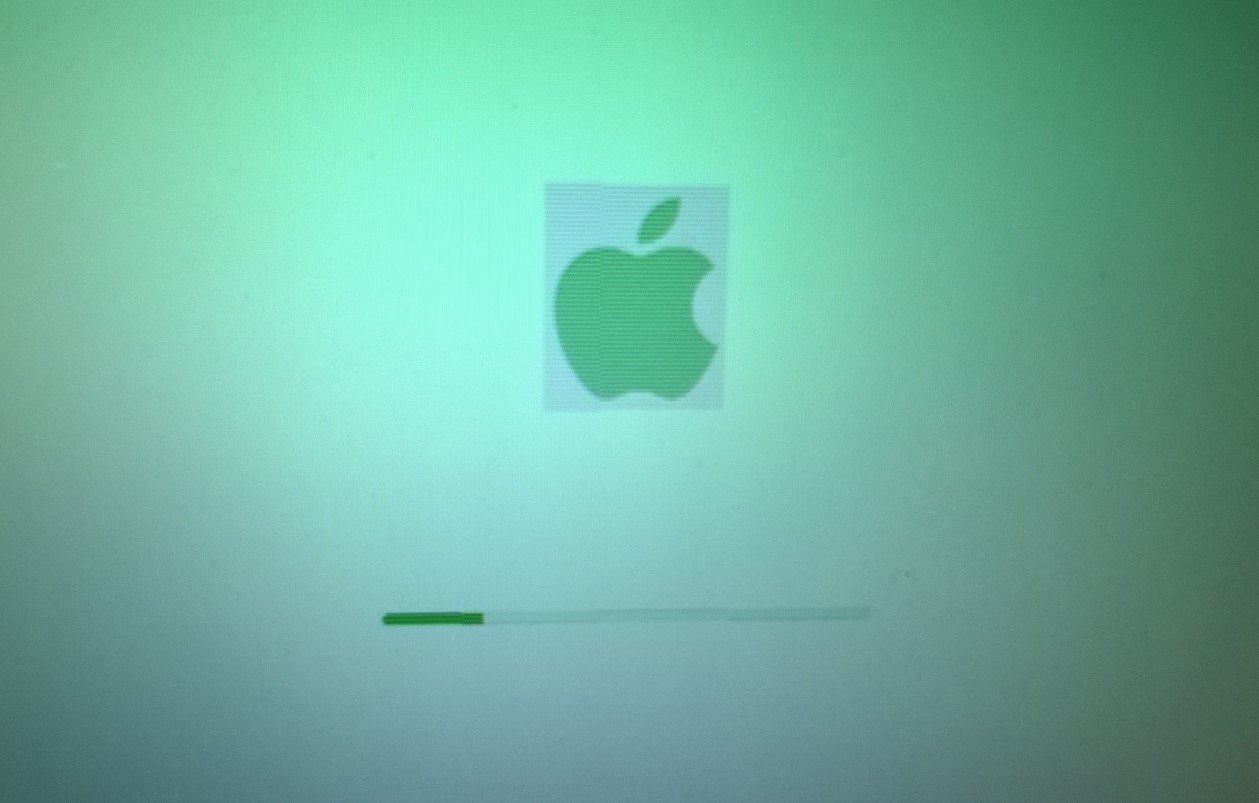News
Why XRP Is Losing Ground Today
Investors in XRP are waking up to a wave of caution. After an explosive year for cryptocurrencies, the digital token saw a steep decline of 6.6% in the past 24 hours, closing at $2.18. This mirrors a broader pullback in the crypto market, with Bitcoin slipping 4% and Ethereum shedding 5.3%. What’s driving this drop? Let’s break it down.
Profit-Taking and Risk Aversion Hit Crypto
The crypto market has been on a roller coaster, and XRP is no exception. After a year where it gained roughly 270%, some investors are cashing out. The Federal Reserve’s recent policy announcement appears to be a key trigger.
While the Fed delivered a 25-basis-point rate cut, aligning with expectations, its cautious tone on 2025’s economic outlook has rattled markets. The central bank now anticipates only two rate cuts next year, down from the four initially forecasted. Higher rates—or even a slower pace of cuts—tend to make speculative assets like cryptocurrencies less attractive.
This cautious sentiment isn’t confined to crypto. Stock markets have also seen a retreat, signaling broader economic uncertainties. For XRP and its peers, the timing couldn’t be worse: many tokens, including XRP, had just hit multi-year highs.
Federal Reserve Moves Send Ripples Through Crypto
The Fed’s decisions are like a weather vane for crypto markets. Interest rates, after all, are a key driver of speculative investments.
- Cryptocurrencies thrive in low-rate environments where investors hunt for high-yield alternatives.
- XRP, up significantly year-to-date, now faces a market taking a hard look at macroeconomic risks.
It’s not just about rates, though. The Fed’s signals are also shaping expectations about consumer spending, inflation, and the broader economy—all of which ripple into crypto valuation.
Interestingly, XRP’s latest dip comes after years of steady momentum, fueled by regulatory victories and expanding adoption. But even the best-performing assets are not immune to profit-taking when broader markets sour.
Political Changes Could Rewrite XRP’s Story
While macroeconomic concerns weigh heavy, shifting U.S. political dynamics could open a new chapter for XRP.
With President-elect Trump preparing to take office, significant regulatory shake-ups are anticipated. Current SEC Chairman Gary Gensler, known for his hardline stance on crypto regulation, is expected to step down. His likely replacement, Paul Atkins, is seen as more crypto-friendly.
For XRP, this leadership change could potentially resolve ongoing legal battles. Ripple, the company behind XRP, has faced a drawn-out SEC lawsuit over whether XRP qualifies as a security. A leadership overhaul might pave the way for settlements or dropped cases, boosting investor confidence.
The Balancing Act: Macro Risks vs. Political Tailwinds
The next chapter for XRP remains unwritten. On one hand, political developments may breathe new life into the crypto sector. On the other hand, economic headwinds could offset any regulatory relief.
Here’s what investors are weighing:
- Supportive political climate: A Trump administration might champion crypto in unprecedented ways.
- Macroeconomic pressures: High inflation, cautious Fed policy, and geopolitical uncertainties could dampen speculative interest.
- Market maturity: XRP’s meteoric rise this year leaves limited room for error.
For now, the market seems to be adopting a “wait-and-see” approach. Investors should brace for volatility as these dynamics play out.
Key Data Snapshot
To give you a clearer picture of XRP’s current position:
| Metric | Value |
|---|---|
| Market Cap | $218 billion |
| Current Price | $2.18 |
| 52-Week Range | $0.38 – $2.90 |
| Year-to-Date Gain | ~270% |
| Daily Trading Volume | 181.2 million |
This data underscores the scale of XRP’s recent gains—and the risks of its ongoing volatility.
XRP’s story is a microcosm of the broader crypto narrative: high rewards but equally high risks. Investors eyeing their next move should keep a close watch on both political and macroeconomic developments.















